 Bridge Street
Bridge Street
Entry Category: Museums and Historic Sites
 Bridge Street
Bridge Street
Bridge Street Bridge
 Bridge Street Bridge
Bridge Street Bridge
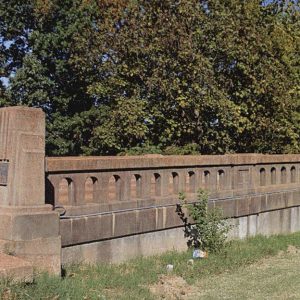 Bridge Street Bridge Guard Rail
Bridge Street Bridge Guard Rail
 Bridge Street Bridge Support
Bridge Street Bridge Support
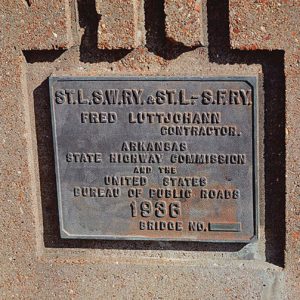 Bridge Street Dedication Plaque
Bridge Street Dedication Plaque
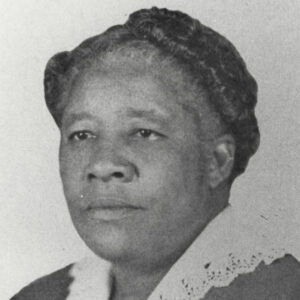 Lillian Brown
Lillian Brown
Brownlee House
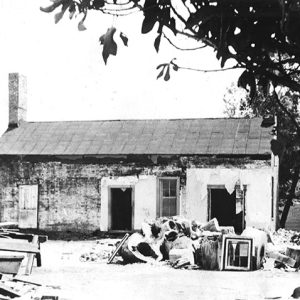 Brownlee House
Brownlee House
 Brownlee House Renovation
Brownlee House Renovation
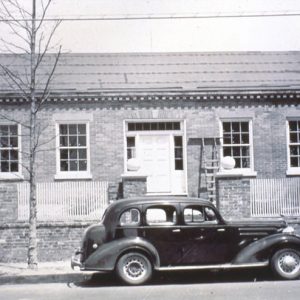 Brownlee House; 1940s
Brownlee House; 1940s
 "Bear" Bryant Exhibit
"Bear" Bryant Exhibit
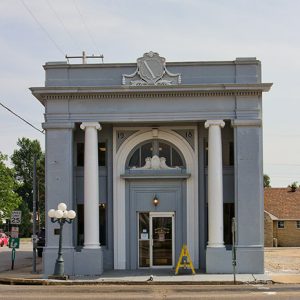 Buffalo Island Museum
Buffalo Island Museum
Buffalo River Bridge
aka: Pruitt Bridge
Buford School Building
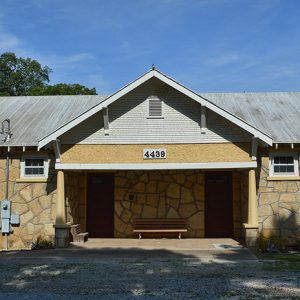 Buford School Building
Buford School Building
 Bug Fest
Bug Fest
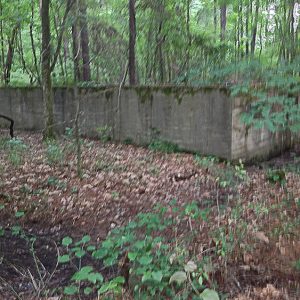 Building Foundation
Building Foundation
Bunch-Walton Post 22 American Legion Hut
Burdette School Complex Historic District
 Burdette School Complex Historic District
Burdette School Complex Historic District
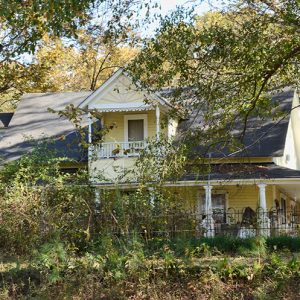 Burkett House
Burkett House
 Bob Burns House
Bob Burns House
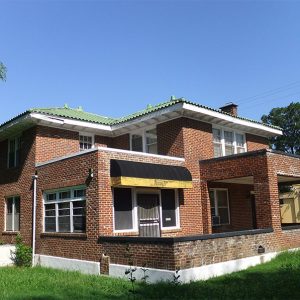 Bush-Dubisson House
Bush-Dubisson House
 Bush-Dubisson House
Bush-Dubisson House
Bush-Dubisson House
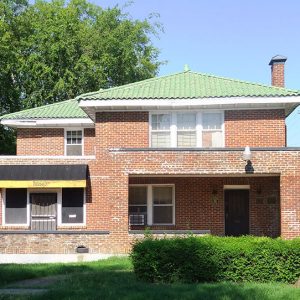 Bush-Dubisson House Entrance
Bush-Dubisson House Entrance
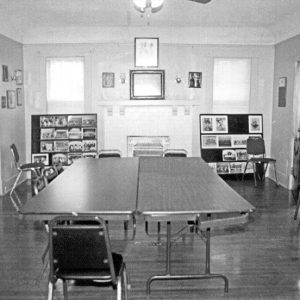 Bush-Dubisson House Interior
Bush-Dubisson House Interior
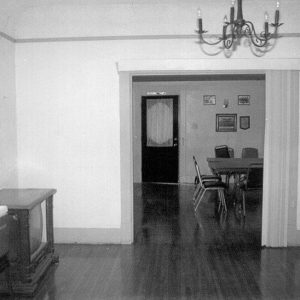 Bush-Dubisson House Interior
Bush-Dubisson House Interior
 Bush-Dubisson House Interior
Bush-Dubisson House Interior
Butchie’s Drive-In
Butler-Matthews Homestead
 Butler-Matthews Homestead
Butler-Matthews Homestead
C. E. Forrester House
C. E. Thompson General Store and House
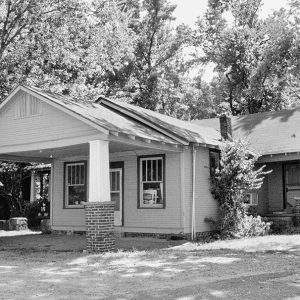 C. E. Thompson General Store and House
C. E. Thompson General Store and House
Caddo Valley Academy
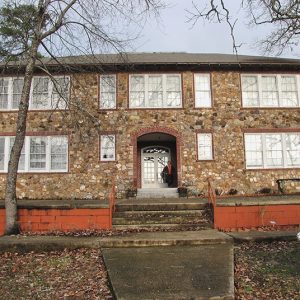 Caddo Valley Academy
Caddo Valley Academy
Calhoun County Courthouse
 Calico Rock; 1904
Calico Rock; 1904
Calico Rock Historic District
Calico Rock Home Economics Building
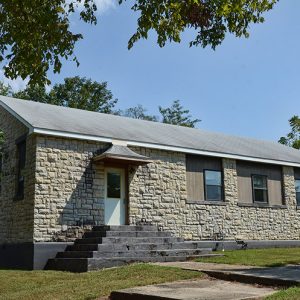 Calico Rock Home Economics Building
Calico Rock Home Economics Building
Calico Rock Methodist Episcopal Church
aka: Calico Rock Music Hall
Calico Rock Museum and Visitor Center
Camden to Washington Road, Rosston Segment
Camden Water Battery
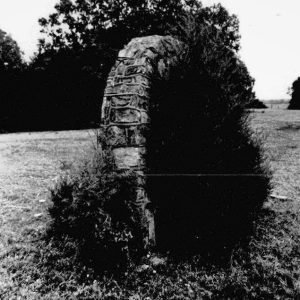 Camp Halsey Message Board
Camp Halsey Message Board
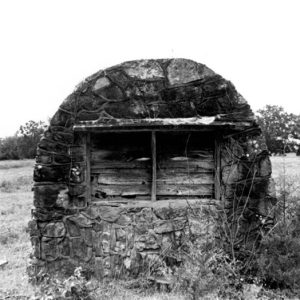 Camp Halsey Message Board
Camp Halsey Message Board




